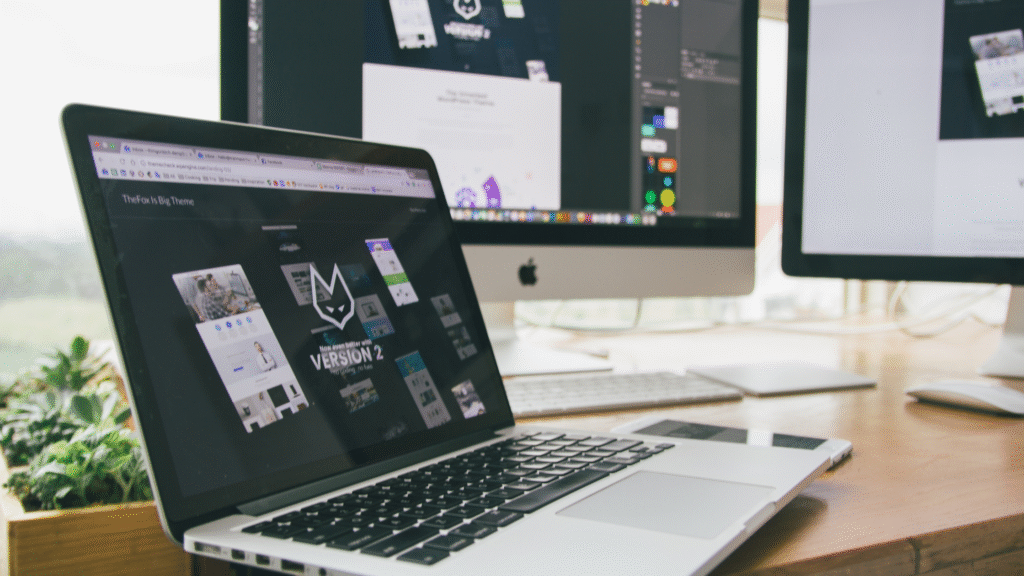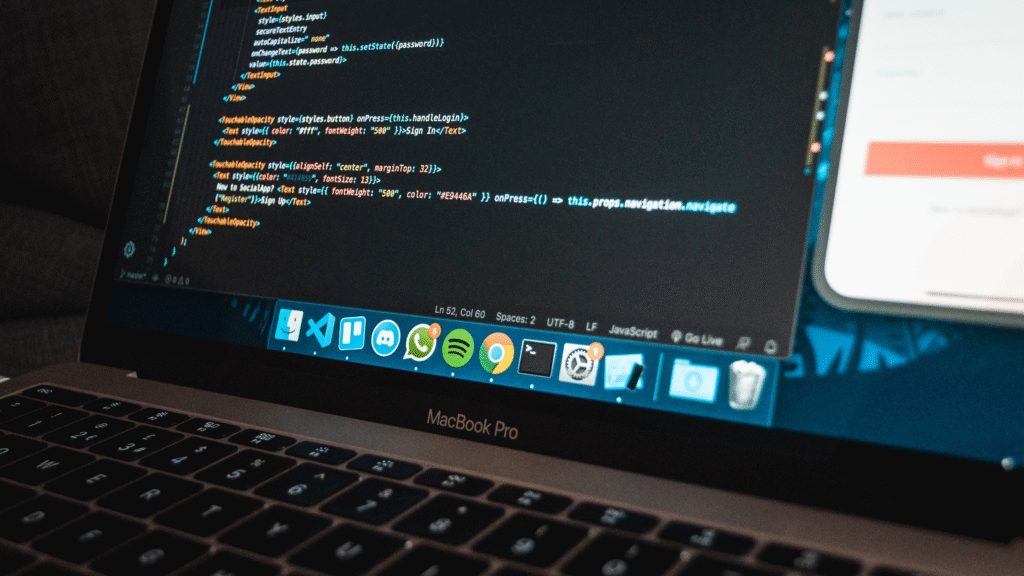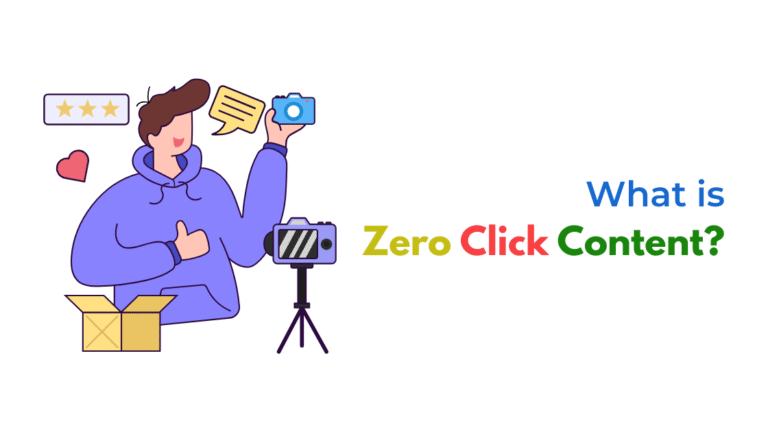If your website is still loading slowly despite optimizing images, the issue could stem from factors such as unoptimized code, excessive HTTP requests, server performance issues, or outdated plugins. Let’s dive into the potential causes and how to resolve them effectively.

Introduction
Website speed is a critical factor for user experience, SEO, and conversions. In today’s fast-paced digital world, users expect websites to load in a matter of seconds. Google even uses page speed as a ranking factor, making it essential for businesses to ensure their websites are fast.
One of the most common performance optimization strategies is image optimization, which can significantly reduce page load times. However, you might still notice slow website performance even after optimizing images. There could be several other reasons for this, including issues with server performance, unoptimized code, or external elements on the page.
In this in-depth guide, we’ll explore why your website might still be loading slowly after image optimization and what steps you can take to resolve the issue.
Common Reasons for Slow Website Loading Despite Optimized Images
1. Unoptimized JavaScript and CSS Files
Even if your images are well-optimized, heavy JavaScript (JS) and CSS files can severely slow down your website. Large, uncompressed, or unminified files can cause browsers to take longer to load your page. These files are required for functionality and styling, but when not properly optimized, they can add unnecessary weight to your pages.
Fix:
- Minify your JavaScript and CSS files to reduce file size.
- Use asynchronous loading for JavaScript to ensure that scripts load after the page content.
- Implement CSS and JavaScript splitting: Split large files into smaller, modular pieces to reduce the impact on page load time.
- Use tools like Google PageSpeed Insights or GTmetrix to identify any JavaScript or CSS files that need optimization.
2. Too Many HTTP Requests
Each time your website loads an external resource (images, scripts, CSS files, etc.), it sends an HTTP request to the server. If your site has many elements, each with its own request, it can slow down page loading. This can happen even if the images are optimized because every element (such as external fonts, ads, widgets, etc.) creates an HTTP request.
Fix:
- Reduce the number of external resources on your site, including external fonts, widgets, and third-party scripts.
- Combine files where possible (e.g., combine multiple CSS or JavaScript files into one).
- Consider using a content delivery network (CDN) to reduce server load and improve delivery speed, especially for users from different geographical locations.
3. Unoptimized Server Performance or Hosting Issues
The server or hosting you’re using can have a significant impact on your website’s speed. Even if your images are optimized, a slow server can cause delays in loading your entire page. Shared hosting, in particular, can often result in slower load times due to resources being shared among multiple websites on the same server.
Fix:
- Upgrade your hosting plan to a dedicated or VPS (Virtual Private Server) for faster performance.
- Use cloud hosting services like Amazon Web Services (AWS), Google Cloud, or DigitalOcean to improve your website’s speed.
- Optimize your server configuration (e.g., enabling GZIP compression, HTTP/2, or utilizing server-side caching).
4. Excessive Use of Ads, Widgets, and External Resources
If your site contains many ads, social media widgets, or other third-party integrations, it can add to the page’s load time, even if images are optimized. External content often relies on other servers, which can slow down the page load process.
Fix:
- Limit the use of third-party plugins, especially those that add heavy ads, social sharing buttons, or embedded media.
- Use lazy loading for ads, widgets, and other content that isn’t critical to the initial load.
- Remove unused plugins or external elements that aren’t providing significant value to your user experience.
5. Unoptimized Fonts or Font Files
Web fonts are essential for modern web design, but they can also impact page speed, especially when used excessively. Large font files, multiple font weights, and styles can increase load times.
Fix:
- Use system fonts (fonts that are already installed on users’ devices) whenever possible.
- Optimize web font files by only loading the font weights and styles that are needed.
- Consider using font subsets (load only the characters needed for your website) to reduce file size.
6. Caching Issues
If your website isn’t using proper caching mechanisms, it may result in longer load times because the browser has to request data from the server every time a page is loaded. Caching allows the browser to store data locally and reuse it without making repeated requests.
Fix:
- Enable browser caching for static content (images, CSS, JavaScript).
- Set cache expiration dates for resources to tell browsers how long to store files before checking for updates.
- Implement server-side caching to store pre-rendered pages and reduce the load on your server.
- Use CDN caching to store static resources at locations closer to users.
7. Heavy or Unoptimized Background Processes
Sometimes, websites have background processes or server-side scripts running that consume resources, impacting loading times. These could include things like database queries, analytics scripts, or CRM integrations that are poorly optimized.
Fix:
- Review your website’s backend processes to identify any slow database queries or server-side scripts.
- Use asynchronous loading for processes that aren’t immediately necessary (such as tracking or database syncing).
- Optimize database queries by indexing the most queried data and ensuring efficient query structure.
8. Large or Unoptimized CSS Background Images
Background images in CSS can be large, especially if they are used for elements like headers, banners, or full-page designs. If these images aren’t optimized, they can slow down page load times even if the other content is performing well.
Fix:
- Optimize CSS background images for smaller file sizes or consider using SVGs for simple graphics that don’t require complex image files.
- Use image compression tools like TinyPNG or ImageOptim to reduce the file size of large images used as backgrounds.

Troubleshooting Checklist for Slow Website Load Times Despite Optimized Images
- Minify and combine JavaScript and CSS files
- Use a content delivery network (CDN) to speed up delivery
- Ensure your web hosting is fast and reliable
- Limit the use of external resources like ads and third-party widgets
- Optimize your server-side performance and database queries
- Enable browser caching and configure cache settings
- Reduce the use of web fonts and load only the necessary styles
- Compress background images and other large assets
How Socinova Can Help
Speed is critical to user experience, SEO, and conversion rates. If your website is still loading slowly despite optimized images, Socinova can help identify bottlenecks in your site’s performance. We specialize in website audits, server optimizations, and improving overall page speed for better results.
Need help improving your website’s speed? Contact us here and let’s get your site loading faster.




